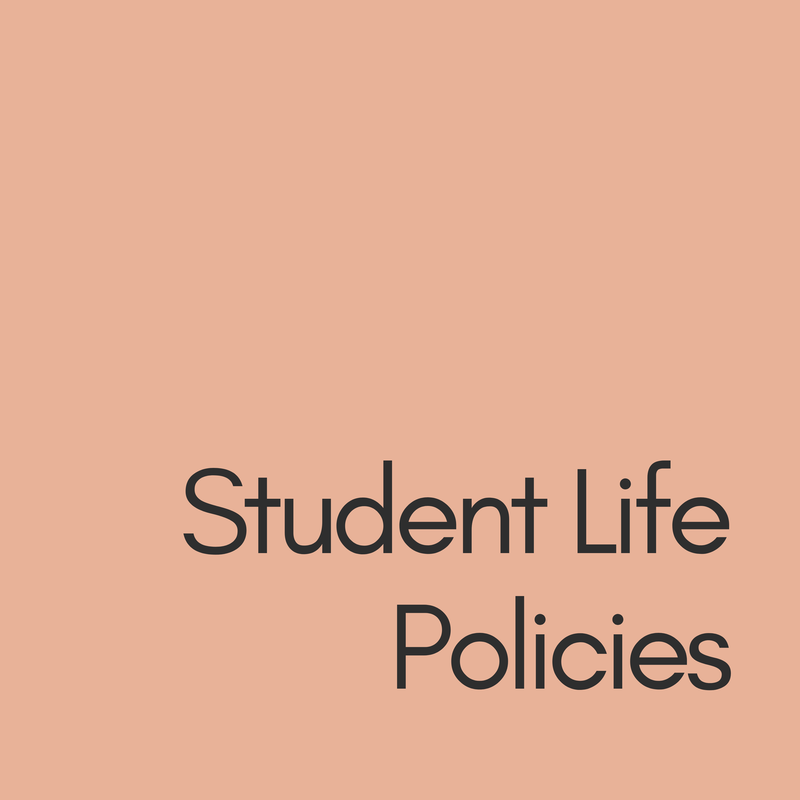BC Waldorf Schools adhere to the Harassment and Bullying Prevention Order created in accordance with the Independent School Act, section 4 (1) (c).
Rationale (H&BPO section 2(a)) The safety and wellbeing of children in BC Waldorf Schools is of paramount consideration. Children deserve to be protected from abuse, neglect, bullying, harm, or threat of harm. BC Waldorf Schools ensure that children will experience an orderly learning environment that enables them to feel safe, cared for, accepted and respected. This policy outlines behaviours and actions required to ensure that BC Waldorf Schools uphold such learning environments. Scope Safe School Coordinators and ERASE Training BC Waldorf Schools identify individual school Principals as Primary Safe School Coordinators. Each school identifies an Additional Safe School Coordinator in their school specific ERASE Participation documentation. BC Waldorf Schools’ Safe School Coordinators are aware of the BC Student Safety Communication Protocol and will access it as needed. BC Waldorf schools share Report It tool information with students in school specific ways. Details about Communication Protocols and the community sharing of the Report It tool are listed in school specific ERASE Participation documentation. Primary and Additional Safe School Coordinators receive the following training, renewed every three years (training dates are listed in school specific ERASE Participation documentation):
Policy Statement (H&BPO section 2(b)) In accordance with the Independent School Act, section 4 (1) (c) Harassment and Bullying Prevention Order (2016), BC Waldorf Schools commit to ensuring that all school programs in existence or proposed and including all extra-curricular activities and field trips, promote students’ physical safety, social connectedness, inclusiveness, and protection from all forms of violence and bullying, regardless of their sex, race, culture, religion, sexual orientation or gender identity and expression, while remaining consistent with BC Waldorf Schools’ philosophical values. Acceptable Behaviour (H&BPO section 2(c)(i)) BC Waldorf Schools recognize that "a strong relationship exists between feelings of safety and belonging and a student's ability to learn" (Ministry of Education’s 2008 Safe, Caring and Orderly Schools – A Guide, p. 3). In safe schools, members of the school community are free from the fear of harm, including potential threats from the inside or outside of the school. The attitudes and actions of children, staff and parents support an environment of learning and development. Caring schools know that a sense of belonging and connectedness — not just for students, but for everyone in the school community — is a necessary element in the creation and maintenance of a safe learning environment. Caring schools are ones in which members of the school community feel a sense of belonging and have opportunities to relate to one another in positive, supportive ways. All aspects of school life embrace and reflect diversity. The school is an inviting place for students, staff, parents and visitors, where staff makes a conscious and concerted effort to help other members of the school community feel connected. Orderly schools are free from chaos and confusion, and alive with the sights and sounds of purposeful learning activities. Routines for regular activities are well established so students' minds and bodies are free to focus on the learning and development work at hand. Everyone feels a sense of meaningful accomplishment, and feels the school is a good place to be. All members of the school community are informed about and exercise their rights and responsibilities as school citizens. Orderly schools work hard to prevent serious misconduct, including bullying, harassment and intimidation from occurring. BC Waldorf Schools are safe, caring and orderly schools and therefore reflect the following, they:
Unacceptable Behaviour (H&BPO section 2(c)(ii)) BC Waldorf Schools differentiate between rude, mean, and bullying behaviour. Though all are unacceptable, there are different responses to each. This policy focuses on the identification of and response to bullying behaviour. For behaviour to be considered bullying it must include three criteria: an intent to harm, a power imbalance, and repetition over time. Examples of unacceptable behaviour include but are not limited to bullying, cyber bullying, harassment, intimidation, threatening or violent behaviour, and retribution against those who speak out and intervene. Such behaviour can include and is not limited to:
Anti-Bullying Action Plan (H&BPO section 2(d)) When behaviours occur that are perceived to be bullying at a BC Waldorf School, the school specific Anti-Bullying Action Plan will be applied. Anti-Bullying Action Plans will include and are not limited to:
Commitment to Safety (H&BPO section 2(e)) BC Waldorf Schools will make every effort to prevent retaliation against a person who has made a complaint of bullying, or been accused of bullying. Any action of retaliation will be taken very seriously by BC Waldorf School staff. If any action of retaliation occurs it will be viewed as a breach of the code of conduct and will result in the activation of the specific school’s discipline policy. Curriculum for the Prevention of Harassment and Bullying BC Waldorf Schools incorporate curriculum to promote the skills, capacities, behaviours and mindsets that lead to acceptance of diversity, the building of self-confidence, and a sense of community and belonging. Each school incorporates harassment and bullying prevention curriculum into their overall school programming in their own way. A description of school specific curriculum is available at each BC Waldorf School. In addition to Waldorf specific pedagogy, BC Waldorf Schools use evidence based resources to guide them in making choices about school wide initiatives, programming, and curriculum choices. The following is a list of commonly accessed resources on the topic of Harassment and Bullying Prevention: Focus on Bullying: A Prevention Program for Elementary School Communities WITS: Canada’s Bullying Prevention Program Public Safety Canada: Bullying Prevention in Schools Erase: Expect Respect & A Safe Education Healthy Schools BC Restorative Justice Programs in BC Bullying Stops Here!: A Guide For Parents Student Safety and Wellness: Resources for Teachers Cyberwise: Home of Cyber Civics Curriculum Circleways: Home of Council Aboriginal Worldviews and Perspectives in the Classroom Nurtured Heart Approach Social Sustain: Home of the Social Inclusion Approach The Center for Nonviolent Communication BC Waldorf Collective - AWNSA Registered Initiative, Associate, and Full Member Waldorf Schools of BC
|
Site Navigation |



